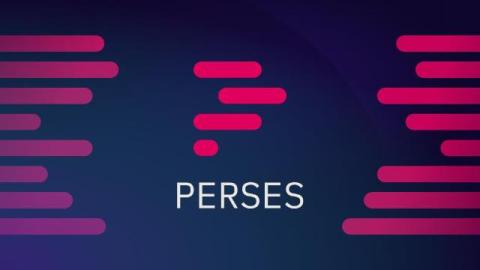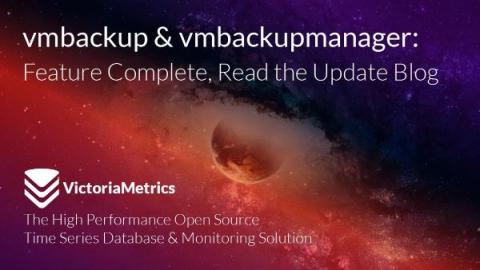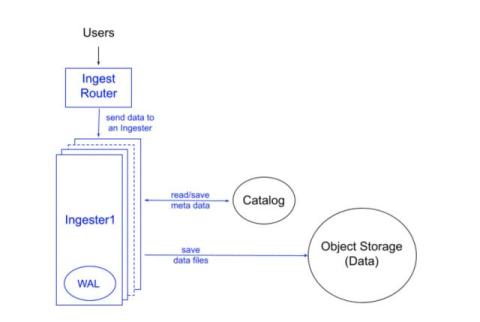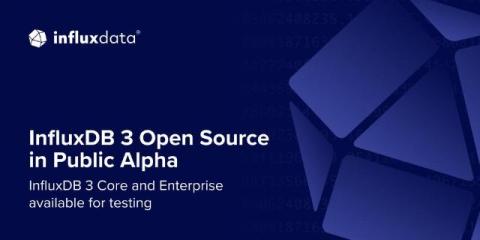Perses - A new language for dashboards?
One of the most interesting stories in the dashboarding space over the past year or so has been the emergence of the Perses project. This is an open source project which not only provides a platform for dashboard creation, but also sets itself the very ambitious target of defining a common standard for dashboards as code. As a SquaredUp user, you may be wondering why we might want to talk about a potentially competing technology. Well, obviously, being SquaredUp, dashboards are in our DNA.











